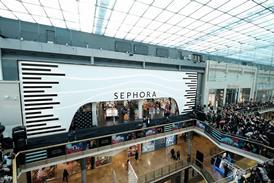Sales inch up in February amid retail's ‘perfect storm’

Retail sales edged up in February despite the ‘perfect storm’ of softening consumer demand, rising costs and structural changes within the industry.
Already have an account? Sign in here


















